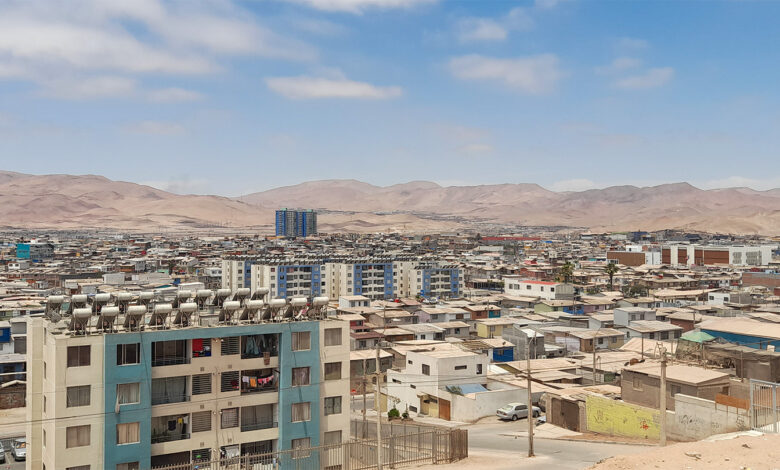Fog collection could alleviate water stress in desert cities

Rural communities in arid regions have harvested tiny droplets of fog for years as a source of fresh drinking water. Now, researchers say that fog water can be a practical supplement to stave off water stress for larger desert cities.
A yearlong assessment of the potential volume of harvested fog water near a city in northern Chile’s Atacama Desert found that it’s possible to collect as much as 5 liters per square meter each day, scientists report Feb. 20 in Frontiers in Environmental Science.
Megadrought and poor water management in parts of Chile have placed over 8 million people in the country under water stress. The country faces the threat of recurring shortages by 2050, say Virginia Carter Gamberini, a geographer at Universidad Mayor in Santiago, Chile, and colleagues.
The hundreds of thousands of people living in fast-growing, densely populated cities in the Atacama Desert are especially at risk. Much of the groundwater in the region is siphoned off for mining and agriculture. Gamberini and her colleagues focused their analysis on Alto Hospicio, a rapidly expanding settlement of over 100,000 people on the outskirts of the provincial capital Iquique.
Nearly all drinking water in Alto Hospicio is trucked in from aquifer drill sites 70 or so kilometers away, at the foot of the Andes mountains. In winter and spring, the region also receives moisturizing wafts of coastal fog, called “camanchaca,” or darkness, in the local language of Aymara. Low clouds form as humid air masses moving southward from the Amazon meet cool air over the Pacific Ocean. The fog nourishes hardy desert life, including cacti and lichens and algae encrusting the rocky soil.
Fog collection is simple, though it’s usually implemented on a much smaller scale: A 1-meter-square mesh sheet is suspended vertically, facing the fog-loaded wind. Water collects on the mesh and drips into a gutter. The researchers found that between 0.2 and 5 liters of fog water could be harvested per square meter per day in locations around the city during the foggy months, with greater potential in higher-elevation areas.
That volume of water is nowhere near enough on its own. Alto Hospicio’s total consumption requirements are about 300,000 liters weekly, an amount that would require 17,000 square meters of similar mesh to collect. That need is projected to increase as the city grows. But with water pressure rising, the team says, fog harvesting may offer a small bloom of hope in the desert.



